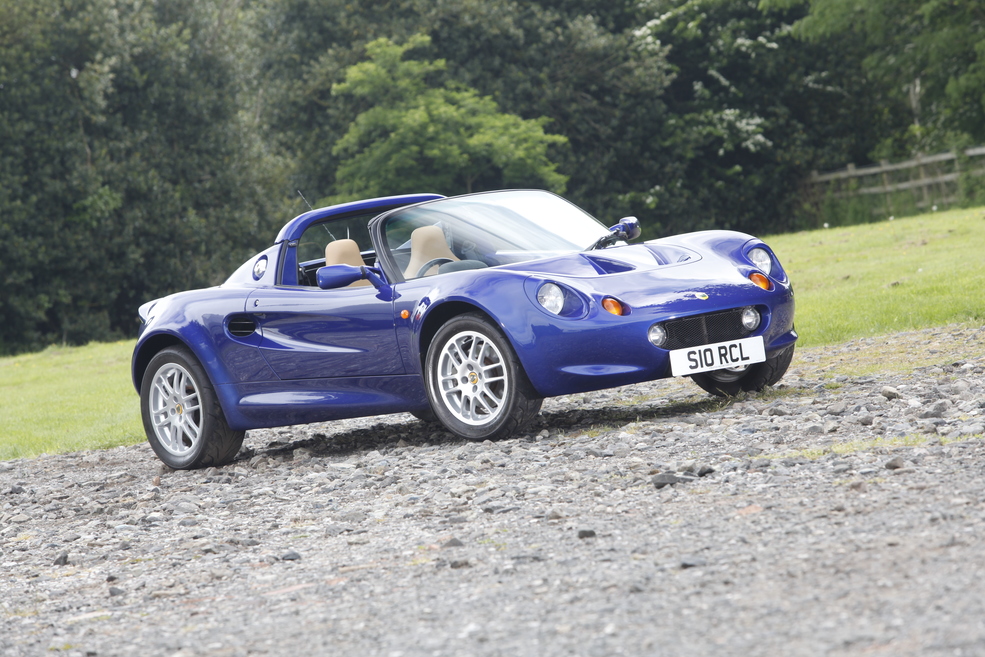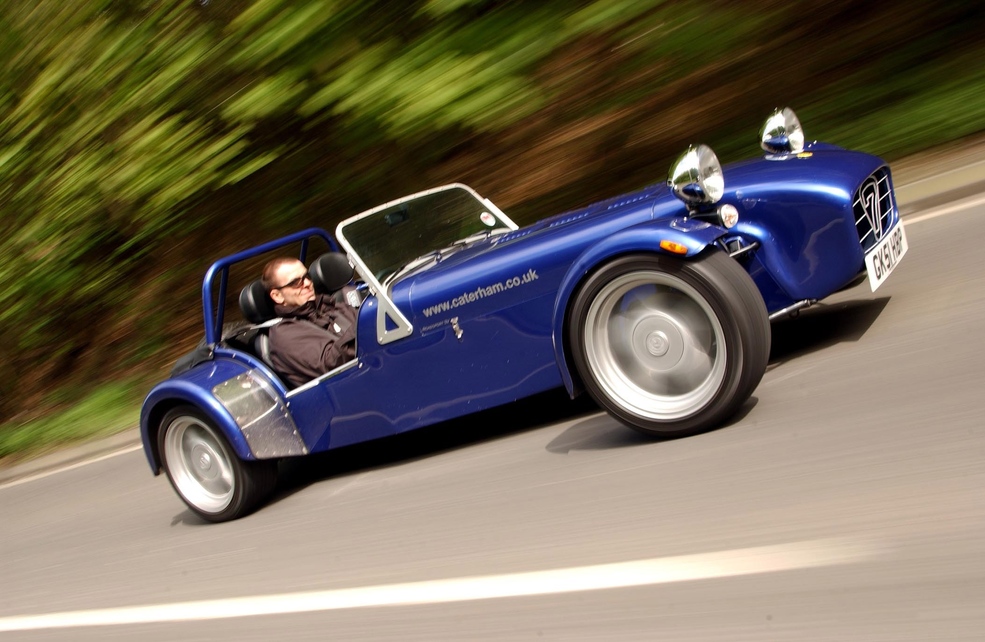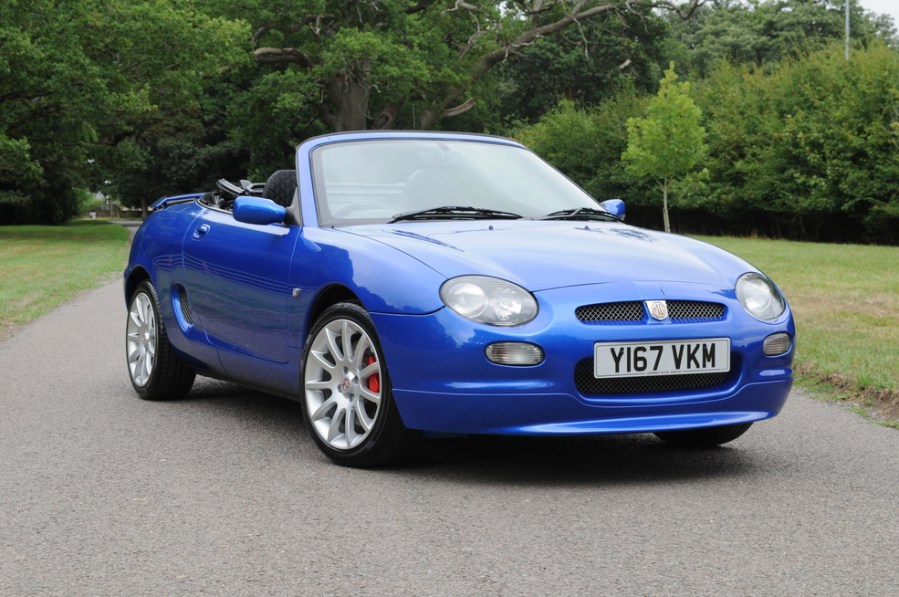In this Market Trends we look at K-Series classics; the MGF, Lotus Elise Mk1 and Caterham Seven…
MGF
Launched in 1995, the MGF was Rover Group’s take on the MX-5 philosophy. Based largely on Metro parts, it rode better than the Mazda rival, and some prefer the mid-engined layout from a handling perspective. But whatever you think, it was pretty, the VVC was quick, it was cheap to run and was fun. The range spanned 1.6i to 1.8 VVC models, with several special trims and special editions thrown into the mix.
Most desirable are the VVC cars and special editions such as the Trophy 160. Coil spring conversions are relatively unpopular so far, as is the Steptronic gearbox. Unsurprisingly, desirability is reflected in values, which are stronger for the VVC and the Trophy than they are for the 1.6 or Steptronic.
With the exception of a spike in February 2018, average values have stayed fairly static over the last couple of years with typical cars selling for somewhere between £1800 and £2200. We’d watch the market carefully – while there is no reason to invest yet, in two years the MGF turns 25. We predict a value increase around then, and a well-purchased low miler could be a very canny investment.

Lotus Elise Mk1
Similar in concept but very different from the MGF in execution, the Lotus Elise may also have been a mid-engined two-seat sports car with a K-series but the relationship stops there. The Lotus is a far more focused driving tool. Launched in 1996 to tumultuous acclaim, the Elise’s more driver-focused edge meant it found far fewer buyers than the MG, but that values have stayed far stronger on average.
With updates including the VVC-equipped 111S and the stripped-back 340R, the Elise floorpan endured. It spawned the Exige, and the replacement with the S2 Elise started a line of Lotus models derived from that original concept. Arguably the most important Lotus since the Elan, the Elise has earned itself a loyal following of fans.
As a result, values have never really dipped too low. And while the average price of £14,000 may have seemed strong four years ago, that’s increased to £17,000 now. A steady increase, and one which will continue in our opinion if the statistics are anything to go by. The Elise is a car to buy and enjoy, as well as a certain investment.

Caterham Seven
The first Caterhams to use the K-series were 1.4-litre models, launched in 1991 to replace the Ford Crossflow. These cars developed 111bhp, and sparked a trend which was to continue until 2006 and the eventual drying up of engines from Powertrain. The lightweight all-alloy construction was ideal for the 7, and by the end of production it had been offered in sizes ranging from 1.4 to 1.8, with and without VVC, and with power outputs ranging from1 06bhp to over 250bhp.
This included stripped out (yes, for a Caterham!) specials such as the Superlight R500, the traditional Classic models, and Supersport and Roadsport editions in most engine sizes.
While values will cover the whole breadth of the range and it’s true that the most powerful models are the most desirable, an overall downward trend suggests that perhaps a Caterham is an unwise investment. That can be countered though by looking more closely – while the market has dropped over the last four years it’s actually increased by 3.5% over the past 12 months. We’d hold back from investing just yet, but the K-series Caterham Seven may yet appreciate.




